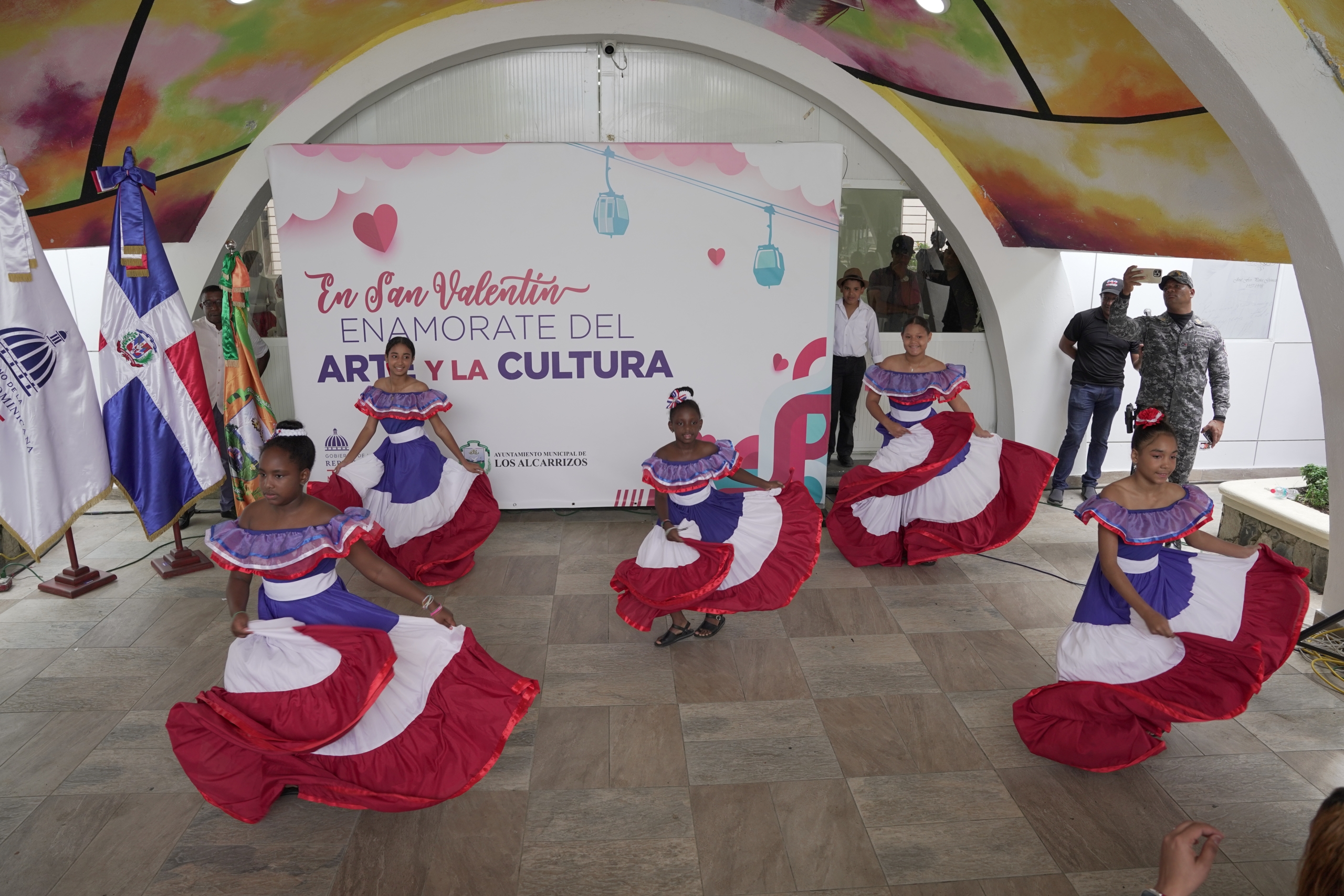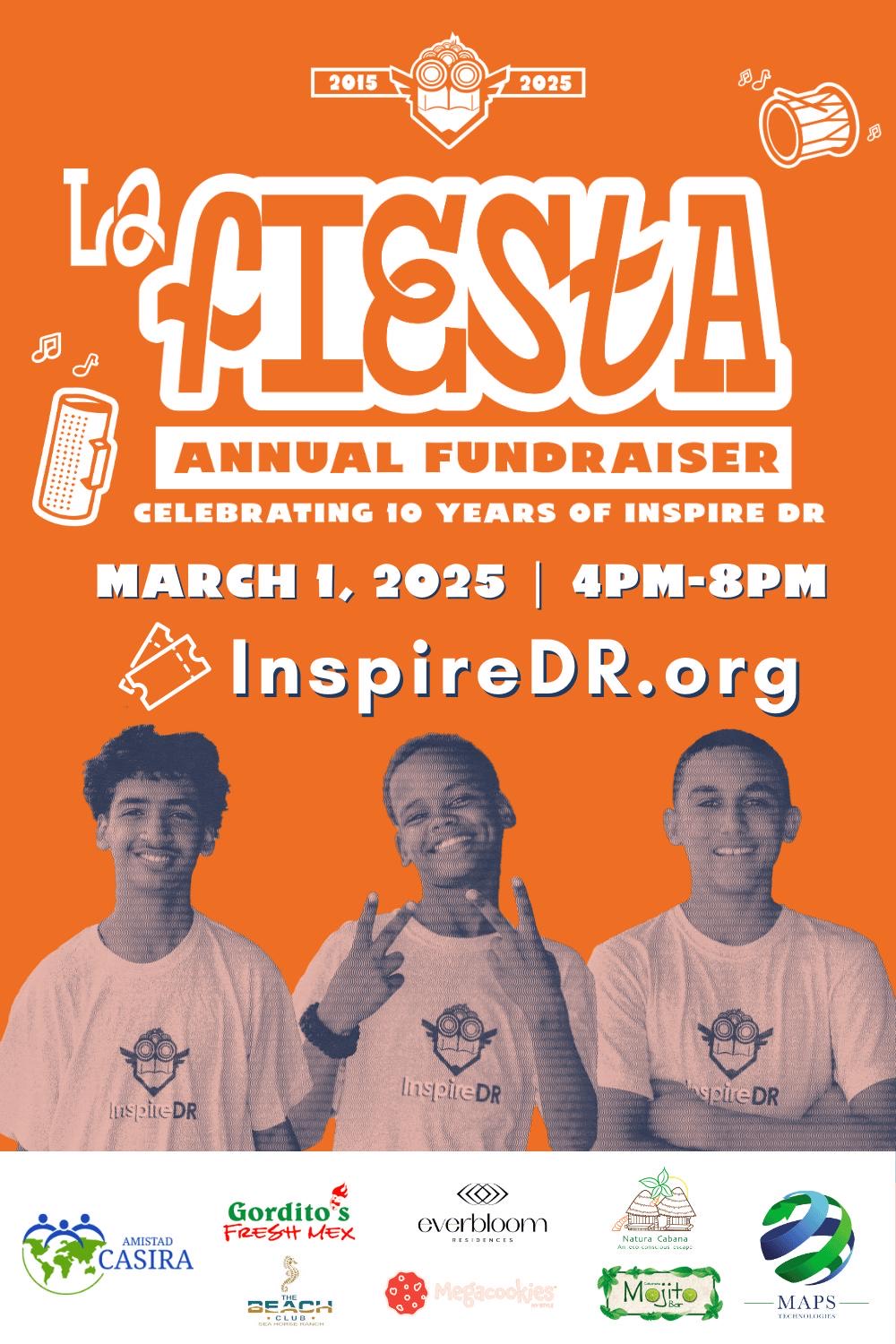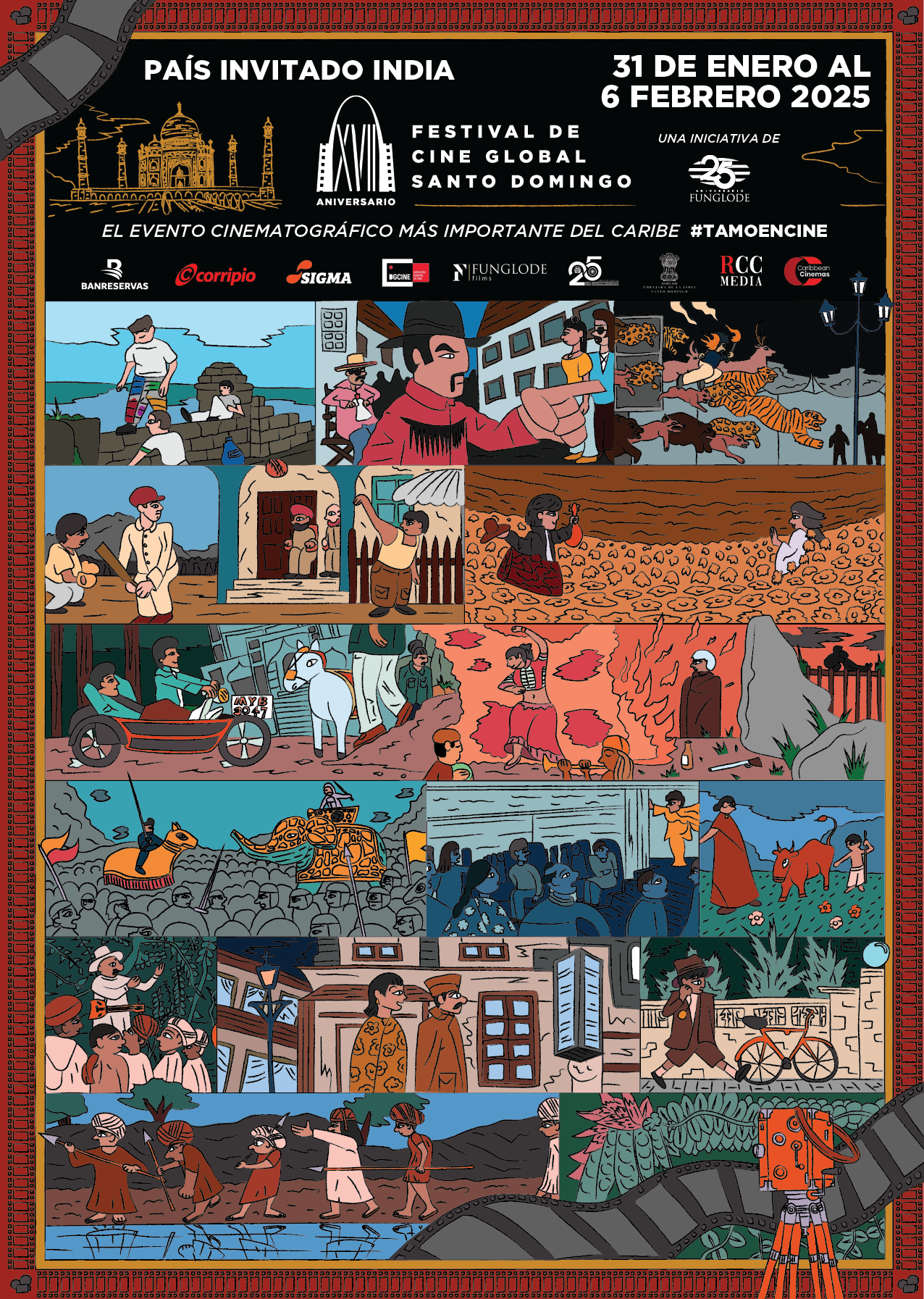Santo Domingo Will Soon Have the Eighth Largest Chinatown in the World
 | Santo Domingo Will Soon Have the Eighth Largest Chinatown in the World Starting in January 2008, Santo Domingo will have the eighth largest Chinatown in the world and the second largest in the Caribbean once the urban project, begun in 2005 on Duarte Avenue, is inaugurated. Asian gates, dragons, lions, legends, Chinese allegorical sculptures and plants along with other details that evoke the culture, tradition and philosophy will soon be visible in the area as the project gets underway between Mexico, Mella and Jose Marti Avenues along Jacinto de la Concha with Duarte in the middle. Roberto Salcedo, trustee of the National District, guaranteed that Santo Domingo’s Chinatown will be inaugurated, at the latest, the first or second fortnight of January 2008. He added that only minor details, such as underground cable, installation of electrical posts and special oriental lampposts needed be completed. Salcedo stated that the inauguration of Chinatown will have a positive impact on the area’s commerce and will radically change the atmosphere on Duarte Avenue, one of the most important commercial streets in Santo Domingo. He explained that the most difficult part of the work on this project has been completed. He said that laying the underground cable is dependent on the arrival of the electrical posts. Currently, vendors along Duarte Avenue are painting their shops in colors that will go well with those of Chinatown. The Chinatown project of Santo Domingo was conceived ten years ago and began to materialize in 2005 when President Leonel Fernández broke ground on the project and on Duarte Commercial Row. The initial investment was RD$41 million, not including private sector investments which are calculated in the area of another RD$60 million, an amount that will increase as the purchase and remodeling of buildings continues, according to Rosa Ng, president of the Flowers for Everyone Foundation which is the public relations firm and promoter of Chinatown. The Flowers for Everyone Foundation aspires to build a Confucius Institute to spread his philosophy as well as a museum of Asian art and theater. With an estimated population of 15,000 Chinese people living in the DR but born in China and another 30,000 Chinese-Dominicans, it makes sense for the community to promote its customs and culture through institutions that demonstrate and cultivate their heritage. PLAZAS The project includes two plazas, the Chinese Zodiac and Confucius Plaza. The latter, now completed, is located in a triangle on Jacinto de la Concha Street, corner with Mexico Avenue. The plaza is dominated by an imposing monument in homage to the Chinese philosopher. There is also a sculpture, on a base ornamented with dragons and turkeys, with text carved on both sides of the stone in Spanish and Chinese. The entire plaza includes six small plant islands emblematic of a Chinese garden, such as bamboo. There are eight Chinese lamp posts decorated with serpents, dragons and tigers and a fountain with a central sculpture of huge horses at the base and fish swimming near the running water which symbolizes strength and prosperity, respectively. In the Chinese Zodiac Plaza there will be a 3-meter-tall sculpture of the Goddess of Mercy and a pagoda dedicated to her. In addition there will be 12 other zodiac statues of human figures with animal heads; gardens, lamps and Chinese legends written on plaques grace the plaza. INVESTMENTS The promoters of Santo Domingo’s Chinatown are convinced that it will attract investment and tourism to the area. In fact, according to Rosa Ng, these investments began to arrive ever since the announcement of the project. “The area began to undergo a rebirth when the project was announced. It is understood that it will turn into a huge tourist attraction that will complement what the colonial area now offers,” added Ng. In her opinion, the Chinese neighborhood is waking up from the state of lethargy into which it was submerged since the 1980s as the result of the economic crisis when many Chinese people emigrated to the United States and to other areas in the DR. At the beginning of this project, a study was done that revealed that many of the buildings along Mella, Duarte, José Martí and Benito González Avenues were abandoned. But this situation changed once many Chinese citizens began to buy and invest in the area, Ng explained. SYMBOLIC DETAILS The design, the sculptures and environment of Chinatown has pulled together the talent of architects, landscape artists and Chinese and Dominican sculptors. In terms of local talent, there has been an active participation of well-known architects from the National Council of Urban Affairs (NCAU) and the Dominican Society of Architects. Participants include Omar Rancier, Joaquín Jerónimo, Josi Rodríguez Mejía, Gabriel Báez, Pablo Morel, Erwin Cott and Guillermina Ruiz. Chinese architects and sculptors, and their community, have also participated in making statues and providing ideas for landscaping and decorative details. All the sculptures were made in China in a region with an ancient tradition in the type of art. The most valuable are the Carrara marble statues and those along the walkways made with a bronze and steel base. Some of the Chinese sculptures represent traditional cabalistic gods from China such as the god of luck and fortune. However, there is one that represents the Terracotta Warriors and another from a Buddhist priest. Each will have a written explanation about its significance. In addition to the Confucius and Goddess of Mercy statues in each one of the plazas, there will be six lions, two at the northern gate and four at the southern gate, a bronze sculpture of the man of a thousand masks from the Beijing Opera and another statue in honor of the Chinese immigrant. On the plaques of the Mella Gate, the history of the Chinese immigrant will be sculpted into the plaques.
| |
| Fecha Date of Publication: November 15, 2007 |

Related News
-

(Versión en español) MINC realiza el evento "Enamórate del Arte y la Cultura" en Los Alcarrizos
-

(Versión en español) InspireDR celebra una década de impacto con “La Fiesta 10” en Cabarete
-

(Versión en español) Organización “Juventud Hablemos” de la Universidad de Columbia y la GFDD copatrocinan a casa llena evento sobre “La evolución de la democracia en la República Dominicana”
-

(Versión en español) Realizan premiere del documental “El Padrino II: 50 años y su filmación en República Dominicana”
-

Actividad #1
Dónde:: Complejo Acuático Del Centro Olímpico Juan Pablo Duarte.
Días: 28 y 29 de noviembre 2016.
Precios: RD$1,1000.00 VIP, RD$600.00 gradas.
© DominicanaOnline, El portal de la República Dominicana - All Rights Reserved



